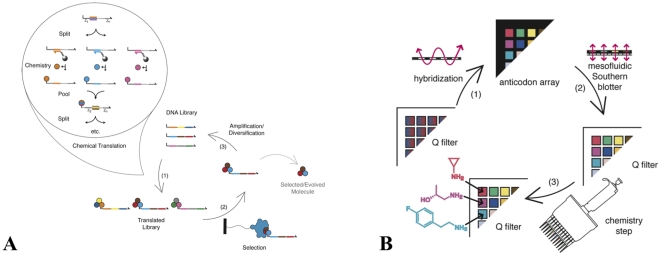Figure 1. Small molecule evolution by DNA-programmed combinatorial chemistry.
(A) A degenerate library of DNA sequences is chemically translated into small molecule-DNA conjugates. The attached small molecule corresponds to the structure encoded by the DNA “gene”. The translated molecules are selected for a desired trait, such as binding to a protein of interest. The encoding DNA is amplified and diversified. The cycle is iterated to yield small molecules with the selected property. (B) Translation of a single coding position by DNA-programmed combinatorial chemistry. A degenerate DNA library is split by hybridization to oligonucleotide-conjugated resins arrayed in a 384-well cassette (the anticodon array). The DNA is then transferred in a one-to-one fashion onto an anion-exchange chemistry array using a mesofluidic Southern blotter. The transferred DNA is subjected to a chemical coupling step, with a different chemical building block used in each well. The DNA is eluted and pooled. These operations are repeated until all of the coding positions in the gene have been read.

